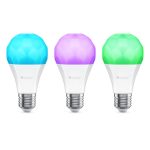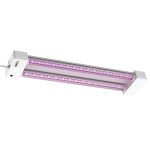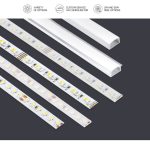LED Strip Light Troubleshooting: Why Your Lights Aren’t Working and How to Fix Them
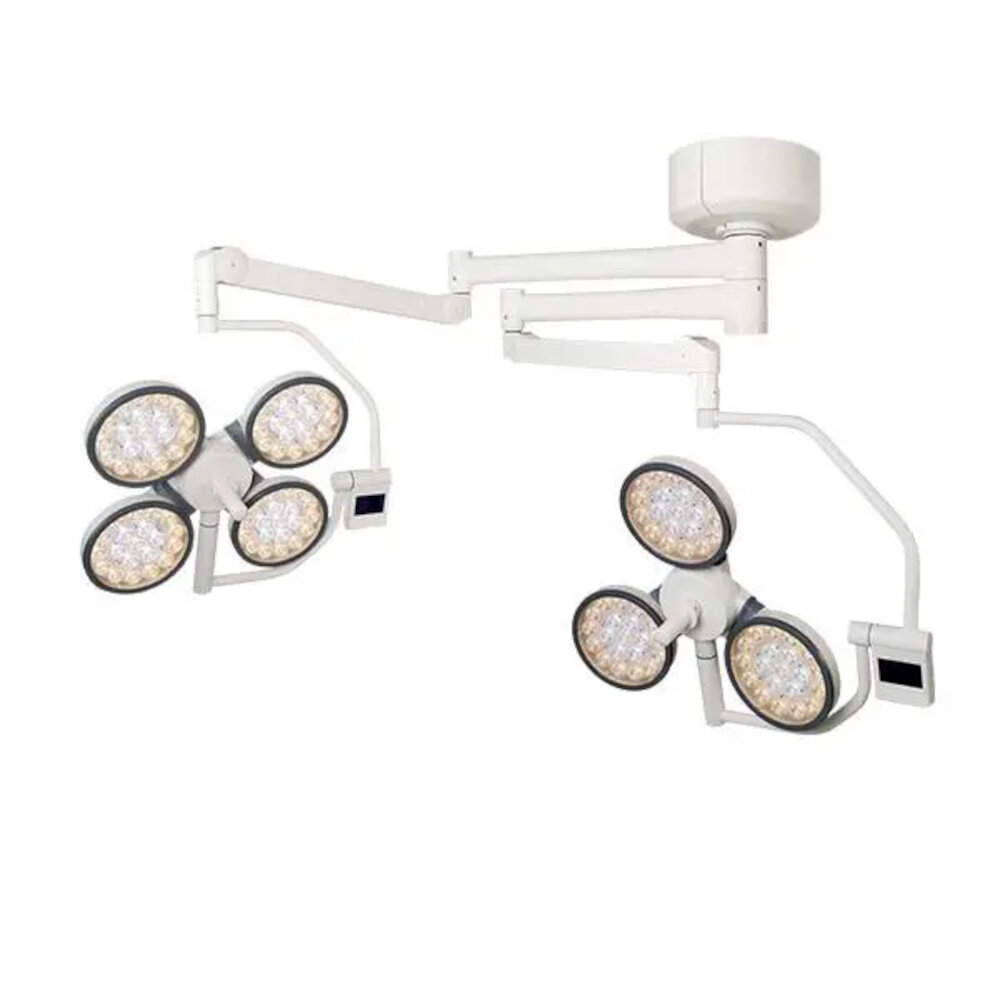
LED strip lights are an excellent innovation for homeowners and business owners alike, providing an efficient and cost-effective lighting solution for a variety of applications. These lights offer a range of benefits, including energy efficiency, durability, and versatility in terms of color and placement. However, like any other electrical equipment, LED strip lights can experience certain issues that may cause them to malfunction or stop working altogether. In such cases, it is essential to have a basic understanding of the common problems associated with LED strip lights and how to troubleshoot them effectively. If your LED strip lights are not working as they should, it can be frustrating and even dangerous in some situations. There may be several reasons why your lights are not functioning correctly, such as faulty wiring, inadequate power supply, or problems with the LED driver. Fortunately, you don’t have to be an electrician to troubleshoot these issues and find a solution to get your LED strip lights up and running again. In this article, we will discuss the most common LED strip light problems, why they occur, and what you can do to fix them so that you can enjoy the benefits of these lights for years to come.
LED strip lights are a type of lighting fixture that consists of multiple small LED bulbs placed closely together on a flexible strip. These lights have become increasingly popular over the years, thanks to their energy efficiency, versatility, and ease of installation. They are commonly used for accent lighting, mood lighting, and task lighting in both residential and commercial settings. LED strip lights come in a variety of colors and can be controlled by remote or through a smartphone app, making them a popular choice for creating ambiance or adding a pop of color to a room. Despite their popularity, LED strip lights may encounter issues that require troubleshooting, such as flickering, dimming, or not turning on at all, which can be resolved through various methods.
Troubleshooting is an essential aspect of maintaining the longevity of your LED strip lights. By identifying and resolving any issues early on, you can prevent further damage and extend the lifespan of your lights. Neglecting to troubleshoot can lead to more significant problems, such as overheating and burnout. Additionally, troubleshooting can help identify any faulty components that may need to be replaced, preventing further damage to your lights. Regularly troubleshooting your LED strip lights can also help you identify any potential hazards, such as loose connections or damaged wiring. Overall, troubleshooting is a critical step in ensuring that your LED strip lights remain functional and reliable for years to come.
LED strip lights are a popular lighting choice for their versatility, energy efficiency, and ease of installation. However, like any electronic device, LED strip lights can encounter issues that prevent them from working properly. The most common issues include poor connections, faulty power supplies, incorrect wiring, and damaged or defective LED chips. These issues can cause the lights to flicker, dim, or not turn on at all. To troubleshoot and fix these issues, it is important to have a basic understanding of the components of LED strip lights and their functions. With the right knowledge and tools, these common issues can be easily resolved, allowing you to enjoy the full benefits of your LED strip lights.
Power Issues
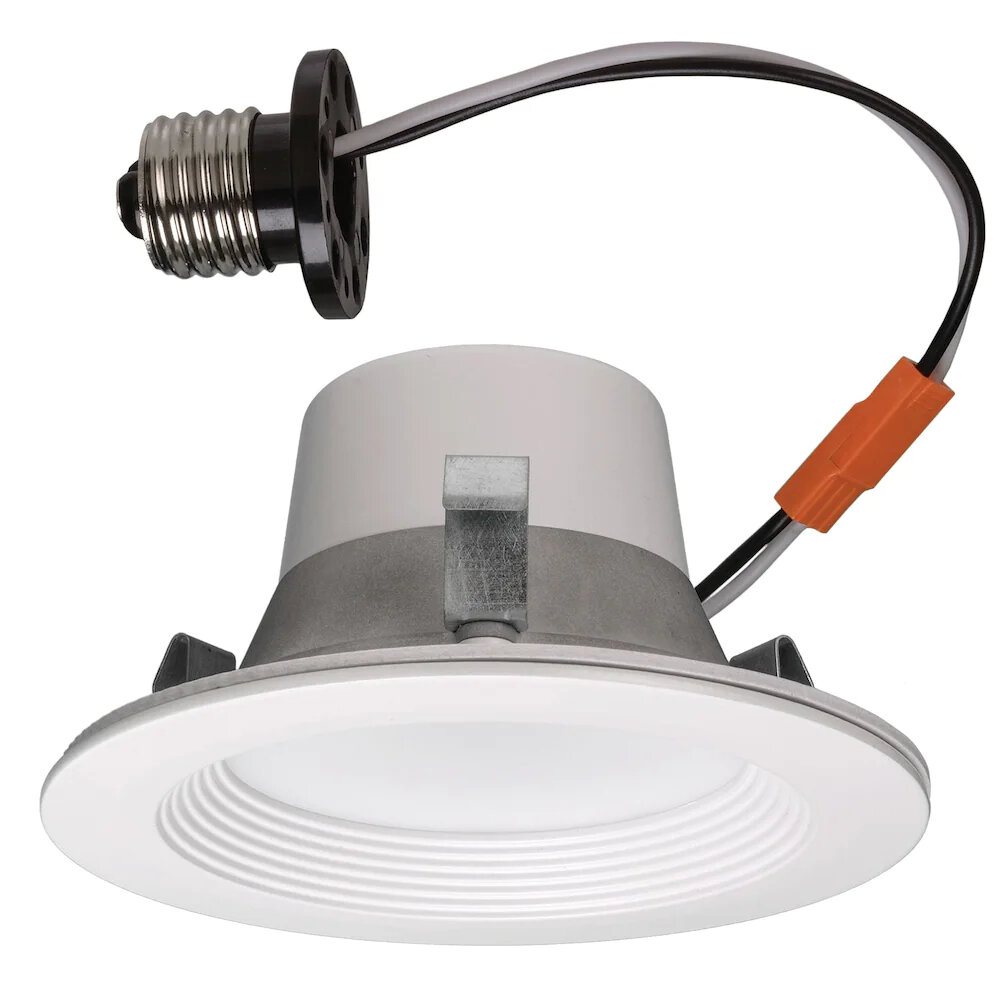
Power issues are a common problem when it comes to LED strip lights not working as they should. If your LED strip lights aren’t turning on or are flickering, it’s likely that there’s an issue with the power supply. The first thing you should check is whether the power supply is connected properly. Make sure that the power supply is plugged into a working outlet and that the plug is securely connected to the power supply unit. If everything is connected properly, check the voltage output of the power supply. LED strip lights require a specific voltage to operate, so make sure that the voltage output of the power supply matches the voltage requirements of your LED strip lights. If the voltage output is incorrect, you may need to replace the power supply. Another common power issue with LED strip lights is that they may not be getting enough power. If your LED strip lights are dim or aren’t as bright as they should be, it’s possible that the power supply isn’t providing enough power to the lights. This can happen if you’re using a power supply that doesn’t have enough wattage to power all of your LED strip lights. To fix this issue, you’ll need to use a power supply with a higher wattage rating. You may also need to add additional power supplies if your LED strip lights are spread out over a large area. By ensuring that your LED strip lights are getting the correct amount of power, you can help to prevent power issues and keep your lights working as they should.
When it comes to LED strip lights, power-related issues are a common problem that users encounter. One of the most common issues is voltage drop, which occurs when the voltage of the power supply drops below the required level for the LED strip to function properly. This can cause the lights to dim, flicker or not turn on at all. Another issue is overloading, which happens when too many LED strips are connected to the same power supply, resulting in a lack of power and potential damage to the strips. Lastly, incorrect polarity and loose connections can also cause power-related issues, leading to uneven lighting and short-circuits. It’s important to identify and address power-related issues promptly to avoid further damage to the LED strip lights.
If your LED strip lights are not working, the first thing to check is the power source. Start by ensuring that the power supply is plugged in and turned on. If it is, use a voltage tester to check the output voltage of the power supply. If the output voltage is less than the required voltage for the LED strip lights, then the power supply is not providing enough power. In this case, you may need to upgrade to a higher wattage power supply. If the output voltage is correct, then check the wiring between the power supply and the LED strip lights to ensure that all connections are secure and free from damage. By checking the power source, you can rule out one of the most common causes of LED strip light failure.
Power issues are a common problem when it comes to LED strip lights. If you’re experiencing power issues, the first thing you should check is if the power supply is working correctly. Ensure that the power supply is properly plugged in and that the outlet is functioning correctly. If the power supply is working correctly, you should then check the wiring connections between the power supply and the LED strip. Ensure that all connections are securely fastened and that there are no loose wires. If the issue still persists, you may need to replace the power supply or consult with a professional electrician for further troubleshooting. Remember to always exercise caution when working with electricity and to turn off the power before making any adjustments or repairs.
Connection Issues
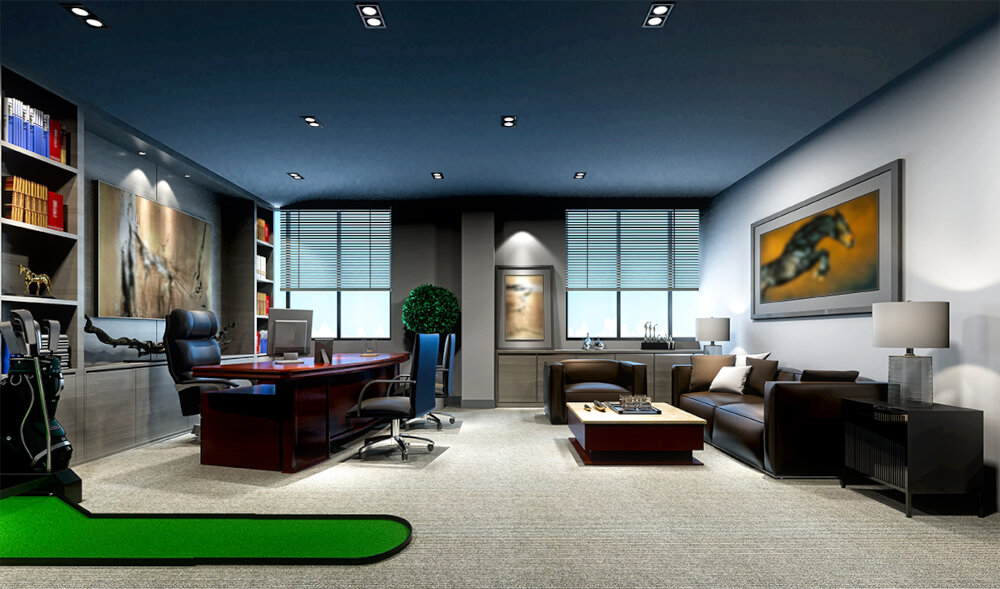
LED strip lights are widely used for decorative and functional purposes in many homes and businesses. However, connection issues are a common problem that can prevent these lights from functioning correctly. When the connection between the power supply and the strip lights is loose, the lights may flicker or not turn on at all. This can be caused by a faulty power adapter, loose wires, or a damaged connector. To fix this issue, you should check the connections and ensure that they are tight and secure. If the problem persists, you may need to replace the power adapter or connector. Another common connection issue is the incorrect wiring of the LED strip lights. If the wires are not properly connected, the lights may not turn on, or they may display unusual colors or patterns. This can be caused by a misaligned positive and negative wire, or by connecting the wires to the wrong terminals. To fix this issue, you should carefully check the wiring and ensure that the positive and negative wires are correctly aligned. You may also need to check the wiring diagram for your LED strip lights to ensure that you have connected the wires correctly. If the wiring is correct, but the lights are still not working correctly, you may need to replace the strip lights.
LED strip lights are a popular and versatile lighting option for both residential and commercial spaces. However, like any electrical device, they can experience connection-related issues that can affect their performance. Some common connection issues include loose or disconnected wires, faulty power supplies, and incorrect wiring. Loose or disconnected wires can cause your lights to flicker or not turn on at all. Faulty power supplies can result in low voltage or inconsistent power supply, which can cause your lights to dim or not turn on. Incorrect wiring, such as connecting positive and negative wires incorrectly, can lead to short circuits and damage to your LED strip lights. To avoid these issues, it is important to ensure that all connections are properly secured and wires are correctly connected.
To check for loose connections in LED strip lights, start by inspecting the power supply connections. Ensure that the power supply is securely plugged into the wall outlet and the LED strip light connector. Next, check for any loose connections in the LED strip light itself. This can be done by carefully examining the points where the LED strip light connects to the power supply and any controllers. Wiggle the connections gently to see if they are loose or disconnected. If any connections are loose, tighten them gently with your fingers or a pair of pliers. Additionally, check for any damaged or frayed wires that may be causing connection issues. Addressing these issues will ensure that your LED strip lights function properly and provide a reliable lighting solution for your home or business.
If you are experiencing connection issues with your LED strip lights, there are a few things you can try to fix the problem. First, ensure that all the connections are secure and that the power source is working correctly. If the issue persists, try resetting the controller and checking that the remote control batteries are fully charged. If these steps don’t work, you may need to troubleshoot the wiring, replace any faulty components, or seek assistance from a professional electrician. It’s also essential to ensure that you have the correct type of LED strip lights for your specific application and that they are installed correctly. By following these steps, you can quickly identify and resolve connection issues with your LED strip lights and enjoy their bright and beautiful illumination once again.
Controller Issues
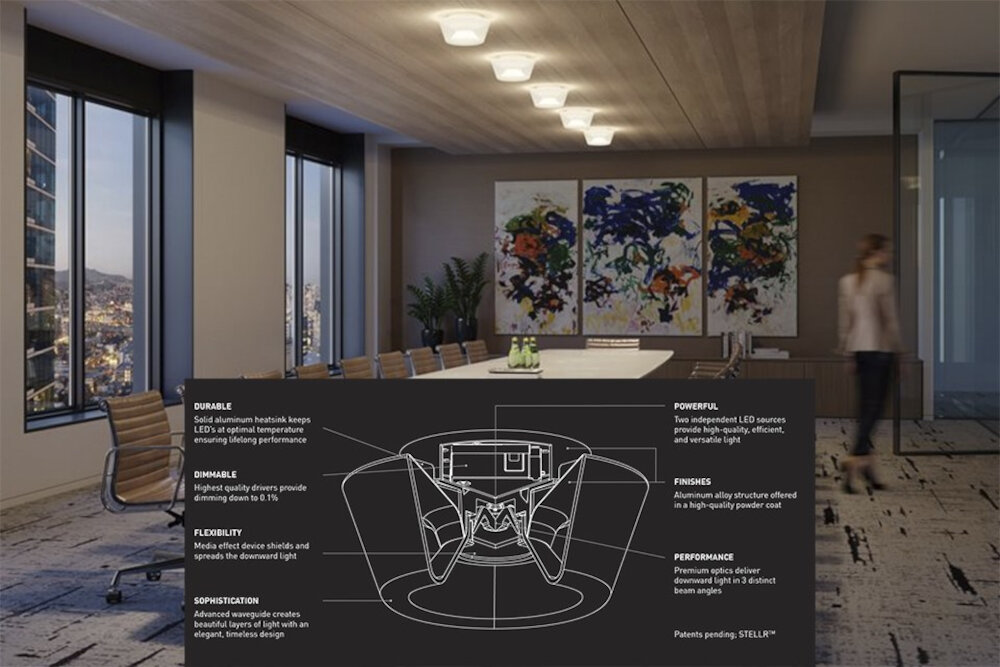
One of the most common issues with LED strip lights is controller problems. The controller is an essential component that controls the color, brightness, and pattern of the LED lights. A faulty controller can cause flickering lights, uneven brightness, or the lights not working at all. The first thing to check when you encounter controller issues is the power source. Make sure that the controller is receiving power by checking the power supply or battery. If the power source is functioning correctly, then you may need to replace the controller entirely. You can purchase a new controller online or at an electronics store. Before replacing the controller, make sure that it is compatible with your LED strip lights. Another common issue with controllers is that they may not be programmed correctly. This can occur when you have multiple controllers that are not synced or when you have changed the settings of the controller accidentally. To fix this issue, you can reset the controller to its default settings. You can do this by pressing the reset button on the controller or by unplugging the controller from the power source for a few minutes. Once you have reset the controller, you can reprogram it by following the instructions in the user manual. If you are still experiencing issues with the controller after trying these troubleshooting steps, it may be time to call in a professional electrician or contact the manufacturer for further assistance.
One of the most common issues with LED strip lights is related to the controller. A faulty controller can cause the lights to flicker, not turn on at all, or emit a dim glow. This can often be attributed to a loose connection between the controller and the power source or the LED strip itself. It is important to ensure that all connections are secure and that the controller is compatible with the LED strip. Additionally, interference from other electronic devices or radio waves can also cause issues with the controller. It is recommended to keep the LED strip and controller away from sources of interference and to use a high-quality controller to avoid these types of problems.
If your LED strip lights aren’t working, it could be due to a controller issue. First, check that the controller is receiving power by ensuring that it is plugged in and the power supply is functioning properly. If the controller is receiving power, check that the connections between the controller and the LED strips are secure and that there are no loose wires. You can also try resetting the controller by turning it off and on again or disconnecting it from the power supply for a few minutes before reconnecting it. If none of these solutions work, it may be necessary to replace the controller.
One of the most frustrating issues that can occur while using LED strip lights is controller malfunction. Luckily, fixing controller issues is often a straightforward process. First, check to make sure that the controller is receiving power and that all of the connections are secure. If this does not resolve the issue, try resetting the controller by unplugging it from the power source and plugging it back in. If the issue persists, it may be necessary to replace the controller entirely. When purchasing a new controller, make sure that it is compatible with your LED strip lights and that it has the necessary features to meet your needs. With a little troubleshooting and some basic knowledge of LED strip light components, you can easily fix controller issues and get back to enjoying your lighting setup.
Strip Issues
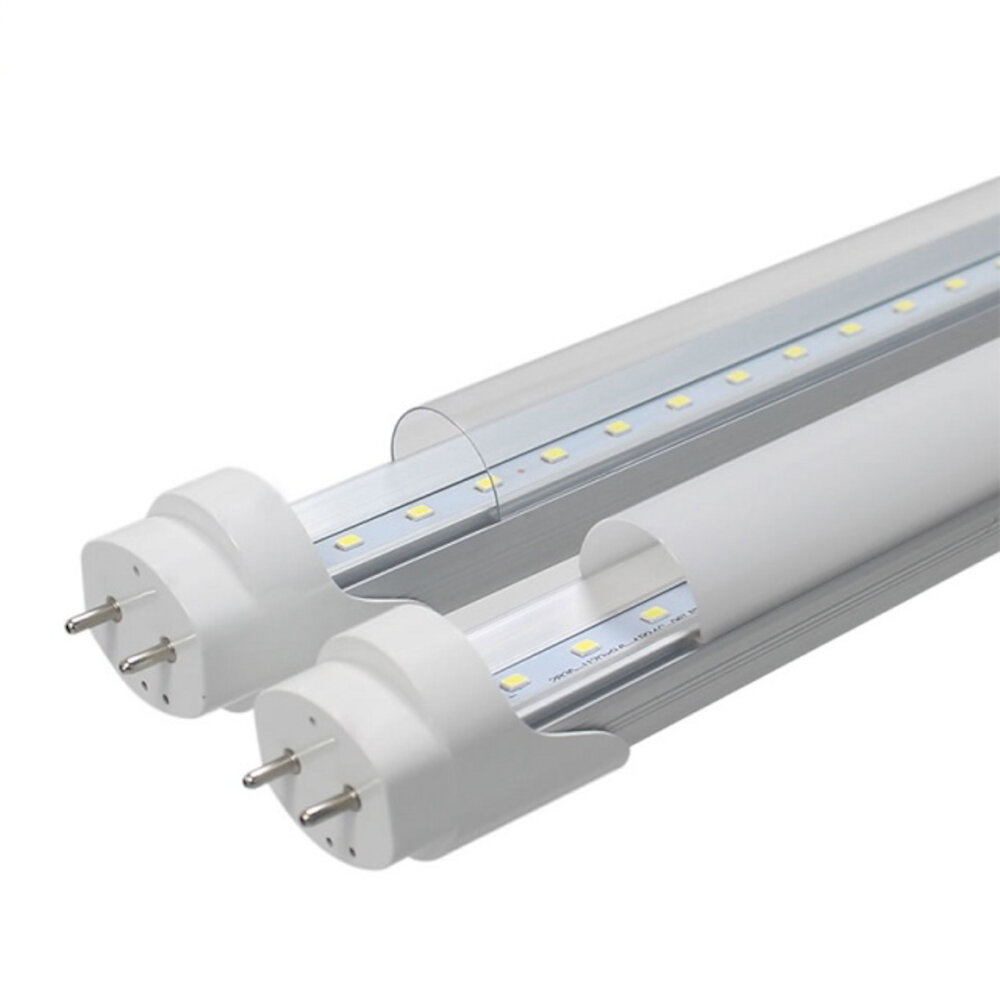
When it comes to LED strip lights, strip issues are one of the most common problems that people encounter. Strip issues can manifest in a variety of ways, but they all have one thing in common: they prevent the LED strip lights from working as they should. There are a few different types of strip issues that you might encounter, including dead sections, flickering lights, and color inconsistencies. Dead sections occur when a portion of the LED strip stops working altogether, while flickering lights can be caused by a variety of issues, such as a loose connection or a damaged LED. Color inconsistencies, on the other hand, occur when the colors on the LED strip do not match up with what is expected. These issues can be frustrating to deal with, but fortunately, there are ways to troubleshoot and fix them. One of the most common causes of strip issues is poor installation. If the LED strip is not installed correctly, it can lead to a variety of issues, including dead sections and flickering lights. To avoid these problems, it is important to make sure that the LED strip is installed properly and securely. This includes ensuring that the strip is properly aligned and that the connections are tight and secure. If the LED strip is not installed correctly, it can also cause color inconsistencies, as the colors may not be properly aligned with the rest of the strip. To fix installation issues, you may need to reposition the LED strip or tighten the connections to ensure that everything is properly aligned and secured.
LED strip lights are a popular lighting option due to their versatility and energy efficiency. However, like any electronic device, they are prone to issues that can cause them to malfunction. Common strip related issues include poor connections, damaged wires, faulty controllers, and power supply problems. Poor connections can cause the lights to flicker or turn off completely. Damaged wires can result in uneven lighting or no lighting at all. Faulty controllers can cause the lights to behave erratically, while power supply problems can cause the lights to dim or turn off unexpectedly. To fix these issues, it is important to carefully inspect the strip and its components and make any necessary repairs or replacements.
When troubleshooting LED strip lights, it’s important to first check for any strip issues that may be causing the problem. Start by inspecting the strip for any visible damage or defects, such as loose or broken connections, frayed wires, or burnt-out LEDs. Next, use a multimeter to test the voltage and continuity of each individual LED to identify any faulty components. It’s also important to check that the power supply and controller are functioning properly, and that the correct voltage and polarity are being supplied to the strip. By carefully checking for strip issues and addressing any problems, you can ensure that your LED strip lights are working properly and avoid any further issues down the road.
If you’re experiencing strip issues with your LED lights, there are several possible solutions to fix the problem. First, check the power source and ensure that it’s connected and functioning properly. If the power source is working but the lights still won’t turn on, check the wiring and connections to ensure that they’re secure and not damaged. Additionally, you can try resetting the lights by unplugging them from the power source and plugging them back in. If none of these solutions work, it’s possible that the LED strip itself is defective and needs to be replaced. By following these troubleshooting steps, you can identify and fix strip issues with your LED lights and enjoy their bright and colorful illumination once again.
The article titled \LED Strip Light Troubleshooting: Why Your Lights Aren’t Working and How to Fix Them\ discusses the common issues that can arise while using LED strip lights and the methods to troubleshoot them. The main points of the article include identifying the reasons behind the malfunctioning of LED strip lights, such as incorrect wiring or power supply issues, and the steps to rectify them. The article also emphasizes the importance of checking the voltage and polarity of the lights and ensuring that the connectors and adapters are compatible. Additionally, it provides tips on how to avoid future problems, such as installing surge protectors and choosing high-quality LED strip lights. Overall, the article provides a comprehensive guide to troubleshooting LED strip light problems and ensuring their proper functioning.
Regular maintenance is crucial for LED strip lights to ensure their optimal performance and longevity. Dust and debris can accumulate on the surface of the lights, which can cause them to overheat and malfunction. Additionally, loose connections and damaged wires can lead to flickering lights or even complete failure. Therefore, it is essential to clean the lights regularly and inspect them for any signs of wear and tear. By doing so, you can prevent potential issues from developing and extend the lifespan of your LED strip lights. Overall, regular maintenance is a small but critical step in ensuring that your lights continue to work efficiently and effectively.
In conclusion, troubleshooting your LED strip lights requires a systematic approach to identify and resolve the root cause of the problem. Start by checking the power source, connections, and controller settings, then move on to examining the LED strip itself for issues like damage or poor quality. Keep in mind that some problems may require professional help or replacement parts. To prevent future issues, always use high-quality components and follow the manufacturer’s instructions for installation and operation. With these tips and techniques, you can enjoy the benefits of LED strip lights for years to come.
Conclusion
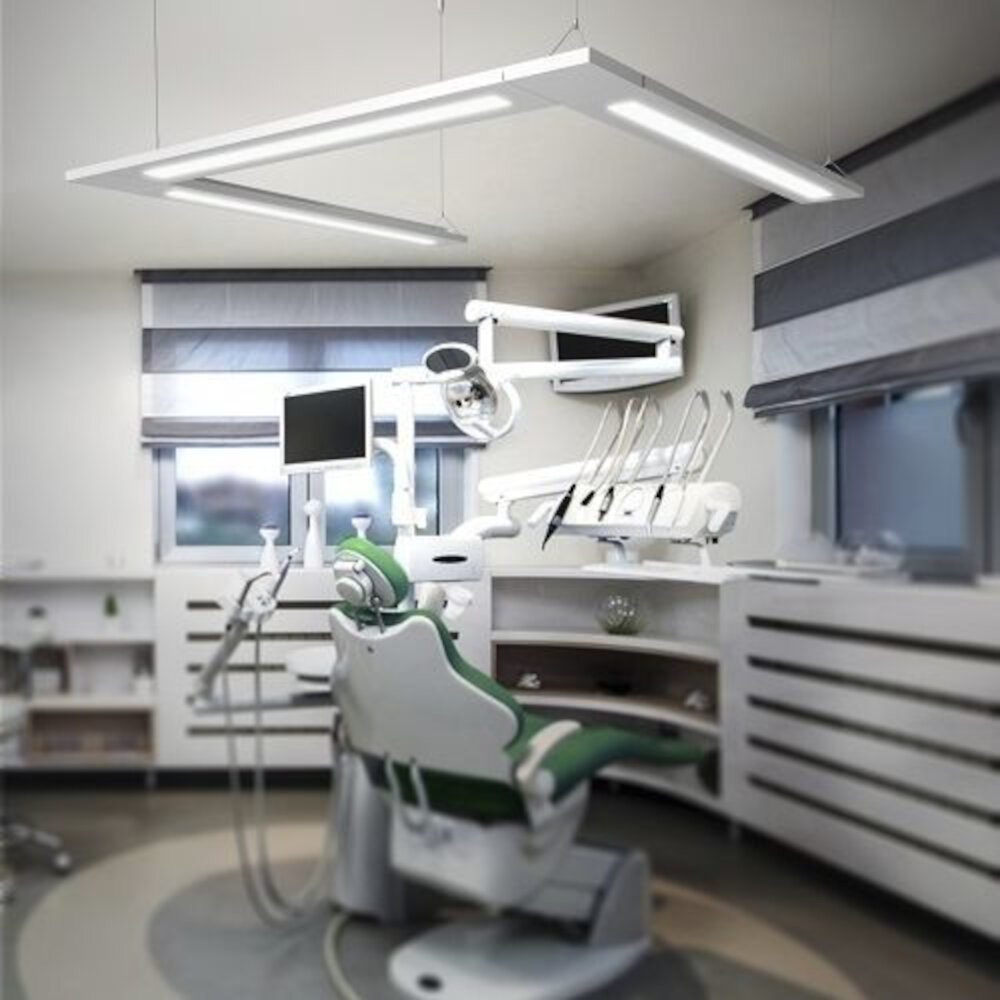
In conclusion, troubleshooting LED strip lights may seem daunting at first, but with a little patience and knowledge, you can easily fix any issues that arise. Remember to check for power supply issues, loose connections, and faulty components. Always follow safety precautions and don’t hesitate to seek professional help if needed. With these tips and tricks, your LED strip lights will be shining brightly in no time, creating the perfect ambiance for any space. So don’t let a few hiccups deter you from enjoying the many benefits of LED strip lighting. Keep exploring and experimenting with different designs and styles, and let your creativity shine!

